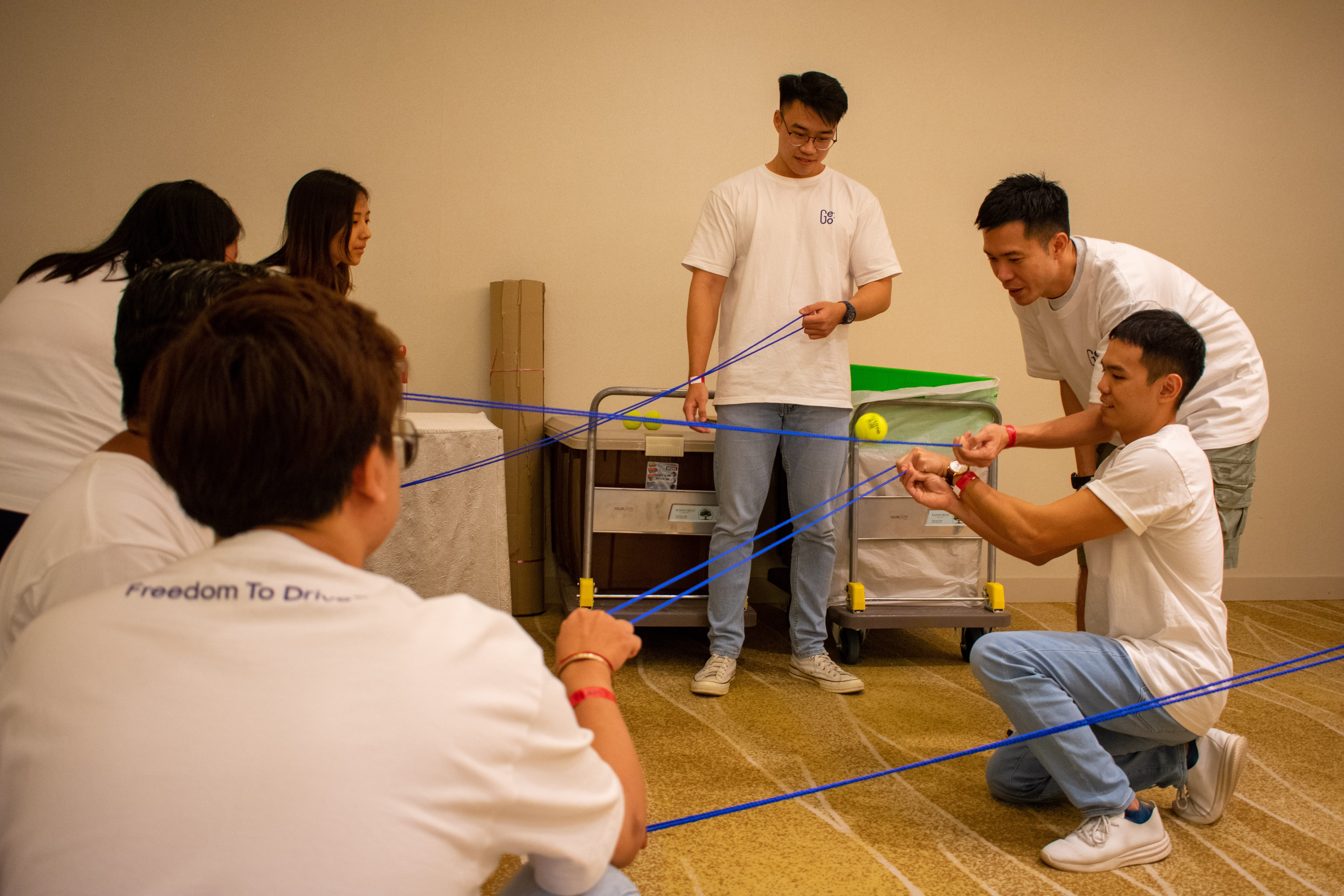Things To Consider When Deciding On A Team Building Event
Tasked to plan your upcoming team building but don’t know where to start? Fret not as we’ve drafted this quick article to help you in your journey.
Objectives
There are many benefits an organisation might reap from organising a team building, team bonding activity or any event for their employees. Much of what can be achieved by these events, is dependent on the objectives one has for the event as a whole. With a specific goal in mind, a teambuilding activity can then be designed or chosen to meet it.
One example of an objective driven team building event, is one that promotes organisational goals/mission/values. For example, if collaboration is an important organisational goal, team building activities that are designed to promote this value might include mass collaboration activities where all participants have to work together to achieve an end goal. This would be more effective than a team based activity, where participants work in small groups to each try to achieve their individual team goal. If required, team building activities can also be designed in a way where the activities first focus on performance as a team followed by performance as an entire organisation.
Besides promoting organisational goals, team building events can be designed to promote specific qualities an organisation wishes their employees to embody. An example would the promotion and development of the ability to deal with change. Given this rapidly changing landscape, change management is an increasingly important skill that organisations wish to employees to have. Change management specific team building events would involve activities that introduce drastic and sudden changes, where participants are facilitated and encouraged to manage through it. Having specific objective team building event, can allow for participants to manage their landscapes and work situations better.
That being said, not all team events require a specific objective. The other side of team building is team bonding and team bonding events are fundamentally meant to encourage interaction between participants and can be organised for merely that purpose. Team bonding events such as Family Day or Sports Days or even an Amazing Race can be utilised by an organisation to improve connections within the organisation, and would be a great opportunity to foster social bonds, in an out of the office setting.
Participants
Different types of team building activity engage and are enjoyed by different individuals. One factor that affects this is the age of participants. Very broadly, younger participants enjoy more fast paced and action packed activities such as amazing races while older participants would very much more prefer interactive team indoor activities.
Secondly, one should consider demographics of the organisation and of its employees, like the industry and positions of the employees. It is a known fact that different industries draw different crowds. Creative industries are more likely to draw more easy going and adventurous individuals as compared to the medical or engineering industry. Therefore, they are likely to enjoy different kinds of activities. An easier going crowd might enjoy activities which require them to think out of the box, and come up with unique solutions whilst other kinds of crowds might enjoy a more structured and competitive activity. The title or positions of the participants is also likely to affect what kind of activities they enjoy. For example, in most organisations, management level participants are more likely to enjoy activities that are more brain based activities as compared to team bonding activities that demand more movements. There are many exceptions to this case, but it is still important to consider this aspect when designing an event.
Thirdly, one should consider the number of participants expected for this event. There are many different types of team building events and one differentiating factor is the range of participants that are expected. There are some who organise team building event for the entire company, going up to 2,000 people while others organise activities for departments or units which can be as small as 10 people. There are many things that will be different as well based on the varying number of participants who are there. For a large scale event, there is always the concern about being able to fully engage all participants while also ensuring that the activity itself can be managed.
Cost
The last factor one should consider when designing a teambuilding activity, is the allowed budget for the entire event. With a more flexible budget, one can explore more possibilities. It is a rising trend that organisations take team building events abroad. For Singapore team building events, countries like Indonesia and Malaysia are top choices. Such team building activities combine company retreat with team building events and are effective in meeting its objectives. With a greater budget, one can also explore having incentives like prizes or rewards for employees who participate in the teambuilding event.
However, it is important to note that budget does not necessarily correlate to the effectiveness of the teambuilding event. Having a clear objective and understanding the demographics of participants can ensure that event objectives can be met. There are also many team building options that one can consider when under a tight budget like having a half-day team building event!
In conclusion, there are many variations of team building activities that differ in respect to objectives, participants and cost. One should consider each factor while deciding on a teambuilding activity to ensure that you find the best one for you!
To head back to read another article in our blog or for more tips on team building, click here.


